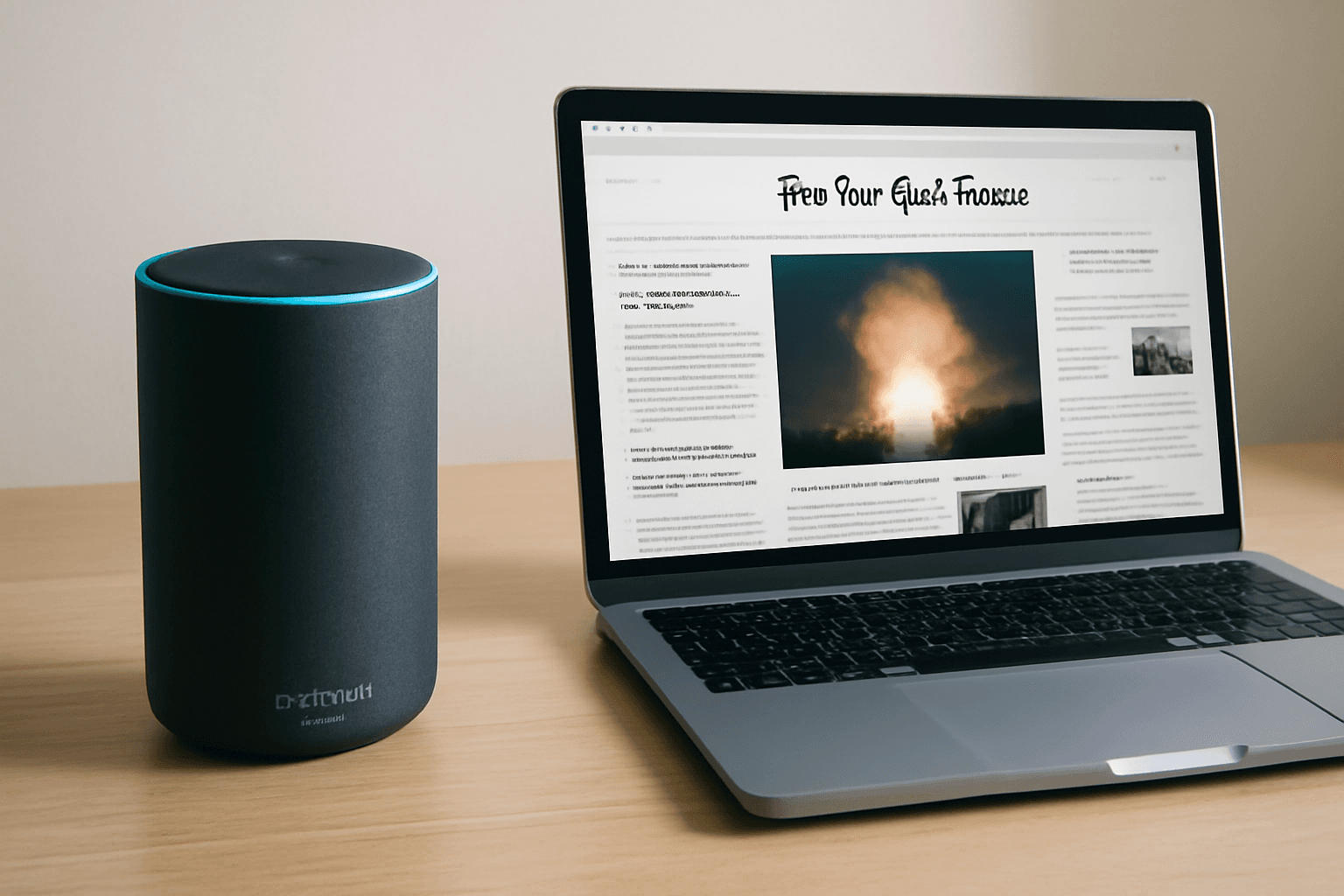Why Are People Dismissing News Alerts?
Mobile notifications have become a primary channel for receiving breaking news, spanning topics from sports to global politics. However, a growing number of users are hitting the off switch on news alerts. The reason? Overwhelming volume, frequent negativity, and concerns over misleading or paywalled headlines have sparked widespread "alert fatigue." This phenomenon is driving many to disconnect from push notifications altogether.
Global Trends Reveal Alert Fatigue
Recent findings indicate that 79% of mobile phone users have either disabled news alerts or never subscribed, largely because alerts are perceived as excessive or irrelevant. This trend is particularly noticeable in mobile-first countries across Africa and Asia, including Kenya and India, where news aggregators powered by artificial intelligence are prevalent.
How Does This Impact User Engagement?
Users often report feeling overwhelmed by the constant barrage of updates every time they open social media or news apps. One participant stated plainly, "They annoyed me, so I turned them off." For others, the motivations are more emotional. A liberal respondent from the United States shared, "I turned off all my news apps and sites after Trump was elected," reflecting distress tied to the tone and content of the news being pushed.
Moreover, some users find alerts distressing or anxiety-inducing, with one person revealing they switched off notifications because the news was "emotionally distressing." Researchers noted that those who habitually avoid news are less likely to opt into notifications in the first place and more likely to turn them off over time.
Beyond Quantity: Quality and Accessibility Issues
It’s not only the volume but also the quality and presentation of alerts that contribute to user frustration. A respondent from the UK remarked, "Sometimes the headlines are misleading when you select the article. Sometimes you have to pay to view the content, especially on major news sites." This bait-and-switch tactic further alienates alerts' recipients, undermining trust.
Alternatives to Push Notifications
Despite the declining enthusiasm for push notifications and newsletters, many still rely on search engines and social media to locate news content on their own terms. In fact, 45% of users turn to search weekly, while 43% leverage social media as their primary news resource. This suggests audiences prefer to curate their news experience actively rather than receive unsolicited alerts.
The Road Ahead for News Delivery
As the digital landscape evolves, news organizations face the challenge of balancing timely engagement with user well-being. The growing backlash against push notifications signals a need to rethink how news is delivered — prioritizing relevance, accuracy, and emotional sensitivity. Otherwise, the risk remains that more users will disconnect, seeking news on their own terms or avoiding it entirely.













